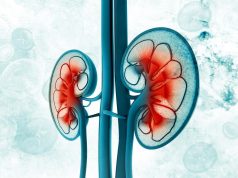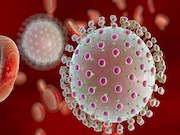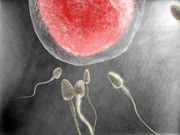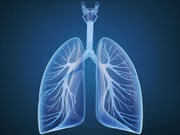January 2018 Briefing – Pathology
Here are what the editors at HealthDay consider to be the most important developments in Pathology for January 2018. This roundup includes the latest...
Zika-Related Flaviviruses May Cause Congenital Infection
West Nile, Powassan viruses infect placenta and nervous system, harming developing brain in mice
AHA: Breast Cancer Patients at Increased Risk for CV Disease
Beyond overlapping risk factors, breast cancer treatments can have negative effect on CV health
Migraine Linked to Increased Risk of Cardiovascular Disease
Increased risks of myocardial infarction, ischemic and hemorrhagic stroke, VTE, A-fib, and flutter
Postnatal Depression Tied to Child Behavioral Problems
Persistent and severe PND linked to risk of behavior problems at 3.5 years, lower math grades at 16
TBI Linked to Increased Dementia Risk Over Several Years
Strongest risk in first year after traumatic brain injury, but persists at more than 30 years after TBI
Survival Trends for Cancer Generally Increasing Worldwide
Increasing trend seen for some lethal cancers, with up to 5 percent increase for liver, pancreas, lung CAs
Mediterranean Diet Adherence Linked to Better IVF Performance
Increased likelihood of achieving clinical pregnancy, live birth for non-obese women aged <35 years
Pre-Op Physical Therapy May Cut Pulmonary Complications
Patients undergoing elective upper abdominal surgery may benefit from breathing exercise training
Specific White Matter Patterns Linked to Youth Psychopathology
Transdiagnostic significance of this feature confirmed across range of clinical domains, cognitive test scores



















